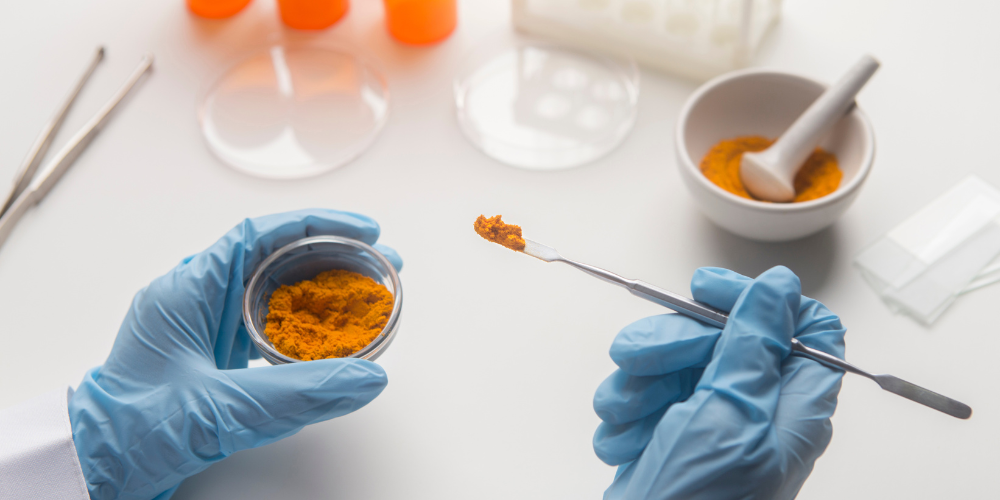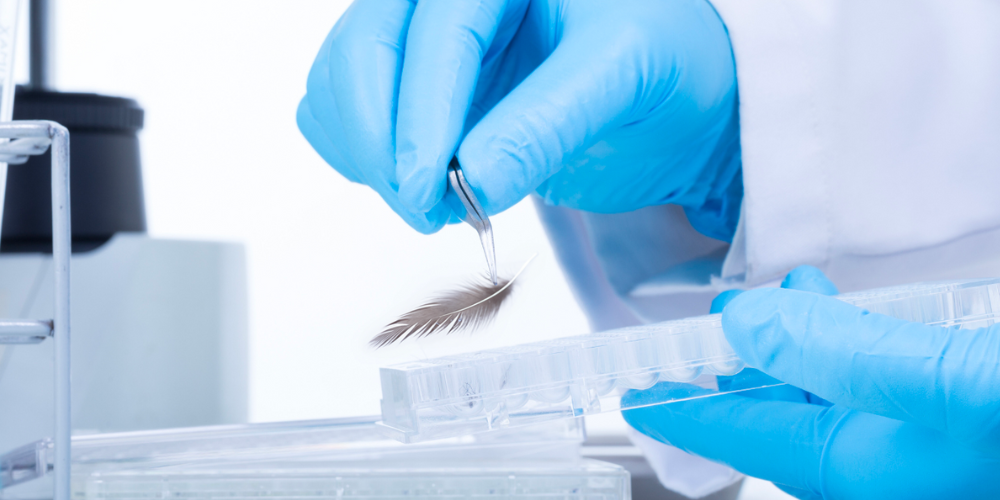PROTECTING THE ECOSYSTEM THROUGH IDENTIFICATION OF INVASIVE SPECIES: THE CASE OF BAMBOO IN NORTHERN ITALY
PRESENTATION OF THE RESULTS OF THE BAMBAPP PROJECT.
On Wednesday 30th January 2019, the meeting for the presentation of the results of the BambApp (Italian only) project will be held at the Regione Piemonte building. On this occasion it will be possible to discuss the data obtained, verify the level of diffusion and evaluate the potential of invasiveness of the different species of bamboo present in the Piemonte and Val D’Aosta areas.
The results of the project will be a useful support for the Working Group on the exotic plant species of the Piemonte Region, for the correction and updating of the regional black-list of invasive alien species.
Why the Bamboo?
The term ‘bamboo’ refers to more than 1600 different plant species (1). Some of them, imported from their areas of origin for their versatility of use, result harmful to the ecosystem of the territory in which they were introduced due to their high degree of invasiveness.
Currently it is hypothesized that in Piemonte and in the surrounding areas may have naturalized between 6 and 8 species of bamboo. The most widespread could be Phyllostachis aurea and Pseudosasa japonica, both considered invasive.
The number of naturalized species could however be higher, especially in areas characterized by rainy weather and mild winters. The project was created with the aim of cataloging the bamboo present in the Piemonte and Val d’Aosta regions and identifying any new species not yet traced on the territory, thus increasing the knowledge on the subject and adapting the right interventions.
One of the innovative aspects of the BambApp project is how data are collected. The monitoring took place thanks to the reports of voluntary surveyors sent through “iNaturalist“, the application that collects observations of living organisms from all over the world, thus making the participating citizens active in scientific research.
How to recognize the collected species? The role of FEM2-Ambiente

Being able to identify with certainty the kind of belonging of a collected sample is an extremely important aspect for the project. In some cases, recognition can take place thanks to the presence of some distinctive morphological characteristics of a given species, but this is not always sufficient.
Here FEM2-Ambiente comes into play: exploiting the DNA barcoding methodology, and the skills in the field of genetic analyses, we have been able to identify with certainty the species of the received samples. Through DNA analysis it was therefore possible to identify a sample belonging to the species Phyllostachis aurea or Pseudosasa japonica or to a species less widespread or not yet identified in the territory.
To find out the results, we are waiting for you on Wednesday 30th January 2019 at 9:00 a.m at the Regione Piemonte building (Sector of “Ambiente, Governo e Tutela del territorio”), room A, via Principe Amedeo 17, Turin.
Bibliography






